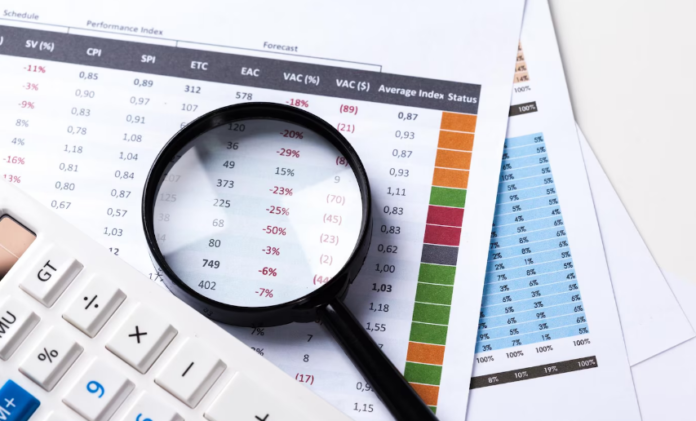Understanding financial statements can feel overwhelming at first. But you have the power to transform your small business by mastering them. These documents reveal your business’s financial health, helping you make smarter decisions. They show where money comes from, how it’s spent, and how much is left. As a small business owner, you need to know how to read these statements. You’ll gain confidence in knowing your profits, assessing risks, and planning for growth. You don’t have to do this alone. You can seek help from a CPA in Roseville, California. They can explain financial statements in simple terms. You will learn about income statements, balance sheets, and cash flow statements. Each one plays an important role in your financial strategy. This guide will walk you through each statement’s purpose and layout. Start by familiarizing yourself with these documents to gain control of your business’s financial future.
The Income Statement
The income statement, sometimes called the profit and loss statement, shows the company’s revenue and expenses over a specific period. It helps you see how much money your business makes and spends. By examining this statement, you can understand your net income or profit.
Key components of the income statement include:
- Revenue: Total sales or income generated.
- Cost of Goods Sold (COGS): Direct costs of producing goods sold by your company.
- Gross Profit: Revenue minus COGS.
- Operating Expenses: Costs not directly tied to production (e.g., rent, utilities).
- Net Income: Profit after all expenses.
The Balance Sheet
The balance sheet provides a snapshot of your business’s financial position at a specific moment. It lists your assets, liabilities, and equity, giving insight into what you own and owe.
Key components of the balance sheet include:
- Assets: Resources owned by your business (e.g., cash, inventory).
- Liabilities: What your business owes (e.g., loans, accounts payable).
- Equity: Owner’s claims after liabilities are settled. Calculated as assets minus liabilities.
Understanding the balance sheet helps in evaluating your financial stability. For more detailed information, review resources from the Internal Revenue Service (IRS).
The Cash Flow Statement
The cash flow statement tracks the flow of cash in and out of your business. It helps you understand how well your company generates cash to meet its obligations.
Key components of the cash flow statement include:
- Operating Activities: Money from regular business operations.
- Investing Activities: Money used for investments in assets.
- Financing Activities: Cash from external sources like loans or investor funding.
Comparison Table of Financial Statements
| Statement | Purpose | Key Components |
| Income Statement | Shows profitability over time | Revenue, COGS, Operating Expenses, Net Income |
| Balance Sheet | Snapshot of financial position | Assets, Liabilities, Equity |
| Cash Flow Statement | Tracks cash movement | Operating, Investing, Financing Activities |
Applying Knowledge to Your Business
Once you understand these financial statements, apply this knowledge to your business strategy. Regularly review statements to spot trends and make informed decisions. Identify spending patterns or unexpected expenses. Adjust accordingly to ensure growth and stability.
With this understanding, you can better manage your small business finances. If needed, consult with a financial expert to guide you through complex decisions. By mastering these basics, you secure a prosperous future for your business.
